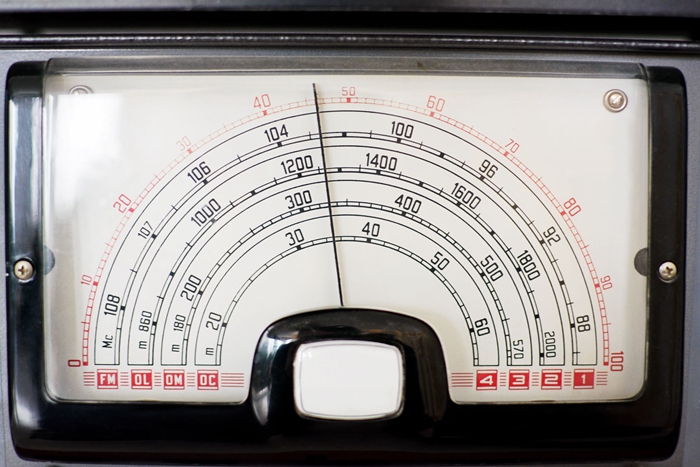Products Category
- FM Transmitter
- 0-50w 50w-1000w 2kw-10kw 10kw+
- TV Transmitter
- 0-50w 50-1kw 2kw-10kw
- FM Antenna
- TV Antenna
- Antenna Accessory
- Cable Connector Power Splitter Dummy Load
- RF Transistor
- Power Supply
- Audio Equipments
- DTV Front End Equipment
- Link System
- STL system Microwave Link system
- FM Radio
- Power Meter
- Other Products
- Special for Coronavirus
Products Tags
Fmuser Sites
- es.fmuser.net
- it.fmuser.net
- fr.fmuser.net
- de.fmuser.net
- af.fmuser.net ->Afrikaans
- sq.fmuser.net ->Albanian
- ar.fmuser.net ->Arabic
- hy.fmuser.net ->Armenian
- az.fmuser.net ->Azerbaijani
- eu.fmuser.net ->Basque
- be.fmuser.net ->Belarusian
- bg.fmuser.net ->Bulgarian
- ca.fmuser.net ->Catalan
- zh-CN.fmuser.net ->Chinese (Simplified)
- zh-TW.fmuser.net ->Chinese (Traditional)
- hr.fmuser.net ->Croatian
- cs.fmuser.net ->Czech
- da.fmuser.net ->Danish
- nl.fmuser.net ->Dutch
- et.fmuser.net ->Estonian
- tl.fmuser.net ->Filipino
- fi.fmuser.net ->Finnish
- fr.fmuser.net ->French
- gl.fmuser.net ->Galician
- ka.fmuser.net ->Georgian
- de.fmuser.net ->German
- el.fmuser.net ->Greek
- ht.fmuser.net ->Haitian Creole
- iw.fmuser.net ->Hebrew
- hi.fmuser.net ->Hindi
- hu.fmuser.net ->Hungarian
- is.fmuser.net ->Icelandic
- id.fmuser.net ->Indonesian
- ga.fmuser.net ->Irish
- it.fmuser.net ->Italian
- ja.fmuser.net ->Japanese
- ko.fmuser.net ->Korean
- lv.fmuser.net ->Latvian
- lt.fmuser.net ->Lithuanian
- mk.fmuser.net ->Macedonian
- ms.fmuser.net ->Malay
- mt.fmuser.net ->Maltese
- no.fmuser.net ->Norwegian
- fa.fmuser.net ->Persian
- pl.fmuser.net ->Polish
- pt.fmuser.net ->Portuguese
- ro.fmuser.net ->Romanian
- ru.fmuser.net ->Russian
- sr.fmuser.net ->Serbian
- sk.fmuser.net ->Slovak
- sl.fmuser.net ->Slovenian
- es.fmuser.net ->Spanish
- sw.fmuser.net ->Swahili
- sv.fmuser.net ->Swedish
- th.fmuser.net ->Thai
- tr.fmuser.net ->Turkish
- uk.fmuser.net ->Ukrainian
- ur.fmuser.net ->Urdu
- vi.fmuser.net ->Vietnamese
- cy.fmuser.net ->Welsh
- yi.fmuser.net ->Yiddish
Types of Radio Broadcasting
The term broadcasting means the transmission of audio or video content using radio-frequency waves. With the recent advancements in digital technology, radio broadcasting now applies to many different types of content distribution. Today you’ve the choice of tuning in to more types of radio stations than ever before.

Let’s start with a review of these types.
Analog Radio
Analog radio consists of two main types: AM (amplitude modulation) and FM (frequency modulation). Analog radio station frequently feeds only one transmitter and referred to as an AM station or an FM station in the U.S. But it is quite possible for a station to feed both transmitters in a similar area, or to feed more than one transmitter covering different areas. In either case, AM or FM refers only to a particular transmitter and not to the entire station. The latter arrangement is becoming widespread throughout the U.S.AM radio uses the long-wave band in some nations. This long-wave band comes with frequencies that are fairly lower than the FM band, and having slightly different transmission features, better for broadcasting over long distances. Both AM and FM are in use to broadcast audio signals to home, car, and moveable receivers.
Four standards for digital radio systems exist worldwide: IBOC (In-Band On-Channel), DAB (Digital Audio Broadcasting), ISDB-TSB (Integrated Services Digital Broadcasting-Terrestrial Sound Broadcasting), and DRM (Digital Radio Mondiale). All are different from each other in several respects.
A company named iBiquity Digital Corporation, with a trademarked name of HD Radio, developed IBOC and still continues to manage it. Introduced for a regular use in 2003, it’s now in frequent in the U.S. More than 2,000 U.S. AM and FM stations are using the IBOC digital radio services today. The majority of U.S. HD radio stations are using FM band, and most of those are offering one or more multicast services now. Today, IBOC stations broadcast two versions of its primary content: analog and digital. So they’re serving both legacy and new receivers using the same broadcast channel.
Also known as Eureka 147 in the U.S. and as Digital Radio in the U.K., DAB comes with a number of advantages similar to IBOC. But it is fundamentally different in its design. Unlike IBOC, DAB cannot share a channel with an analog transmit. So it needs a new, dedicated band. Each DAB broadcast also needs much more band as it consists of multi-program services (typically 6 to 10, depending on quality and the amount of data it carries). This makes it unusable by a typical local radio station. It is generally implemented with the cooperation of several broadcasters, or by a third-party aggregator that acts as service operators for broadcasters.
Recently, improved versions of DAB, known as DAB+ and DAB-IP, have been developed. These developments increase the range of DAB signal. Today, almost 40 countries worldwide have DAB services on air (mostly in Europe), and others are thinking about the adoption of it or one of its variants.
Specifically developed for Japan in 2003, ISDB-TSB is the digital radio system used for multi-program services. It is currently using transmission frequencies in the VHF band. A unique feature of ISDB-TSB is that the digital radio channels are intermingled with ISDB digital TV channels in the similar broadcast.
DRM is a system developed primarily as a direct substitute for AM international broadcasting in the short-wave band. DRM uses the similar channel plan as the analog services, and, with some limitations and changes to the analog service, a DRM broadcast can share the same channel with an analog station, existing channel allocations DRM is a single audio channel system when used with. An enhanced version is DRM +, introduced in 2007 for the VHF band. This improvement presents two-channel and surround-sound capability.
Sirius XM is the combination of two similar but competing satellite radio services: XM Satellite Radio and Sirius Satellite Radio. XM and Sirius, which still operate separately at the retail level, are subscription services. They broadcast more than 150 digital audio channels intended for reception by car, portable, and fixed receivers. These provide coverage of the complete continental United States, much of Canada, and parts of Mexico.

